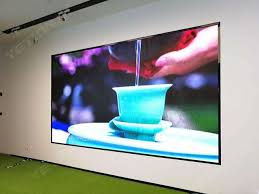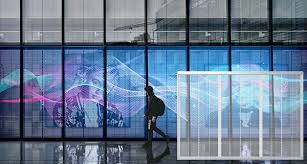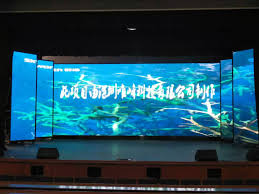What Do LED Displays Mean For Retail?
Sometimes the word “displays” makes us think of displays in stores - mainly, how they light up items. This isn't the only use for LED displays. In fact, LED display technology has a lot to offer when it comes to increasing the catchiness of your website, persuading consumers with advertising content, and even improving retail sales.
What is an LED Display?
LED displays are becoming increasingly popular in retail settings because of their energy efficiency and high-quality images. They come in a variety of sizes and styles, and they can be used to replace traditional displays such as televisions and monitors.
LED displays use less power than other types of displays, which can result in significant savings on your energy bill. They also produce higher-quality images that are easier to read.
What are the benefits of a LED display?
A LED display is a type of display technology that uses light-emitting diodes (LEDs). LEDs offer several benefits over other display technologies, including high resolutions, low power consumption, and thin and lightweight designs.
High resolution: LED displays can have resolutions up to 4K. This means they can create images that are much sharper than displays using other technologies, such as LCDs.
Low power consumption: LED displays consume much less power than other display technologies. This makes them ideal for use in mobile devices and other portable devices where battery life is important.
Thin and lightweight: LED displays are thin and lightweight compared to other display technologies. This makes them easier to install and use on devices, such as smartphones and laptops.
How do LED displays improve retail efficiency?
-LED displays are more energy-efficient than traditional displays.
-They consume less power, which can save on operating costs.
-They are also more reliable and can last longer without requiring repairs or replacements.
-They are more visible in low-light environments, making them ideal for areas such as checkouts or clothing stores.
Conclusion
The article concludes with a description of the different types of LED displays that are in use today, as well as their implications for retail.



Comments
Post a Comment